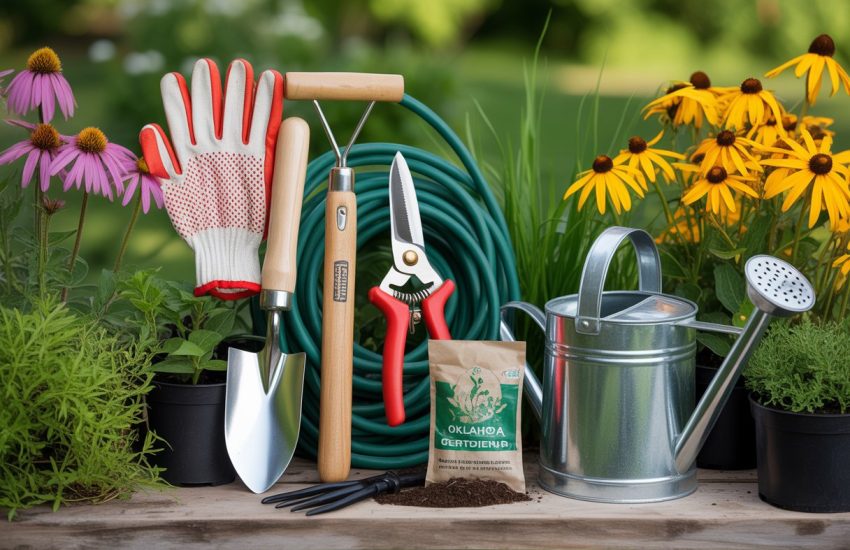Lamb’s Ear: The Deer-Resistant Plant You Need in Your Garden
Lamb’s ear is a popular perennial plant known for its soft, velvety leaves and low maintenance requirements. However, one of its lesser-known qualities is its ability to repel deer. In areas where deer are a common problem for gardeners, lamb’s ear can be a valuable addition to the landscape.

Deer-resistant plants are highly sought after by those who wish to protect their gardens from browsing deer. While no plant is completely deer-proof, lamb’s ear is one of the most effective deterrents. The texture and scent of the leaves are unappealing to deer, making it less likely that they will graze on nearby plants. Additionally, lamb’s ear is a hardy plant that can thrive in a variety of soil conditions and requires minimal watering, making it a practical choice for many gardeners.
Stachys Byzantina, commonly known as lamb’s ear, is a versatile plant that can be used in a variety of garden settings. Its soft, silvery leaves provide a striking contrast to other plants and can add texture and interest to any landscape. Whether used as a ground cover, edging plant, or accent, lamb’s ear is a valuable addition to any garden.
Planting and Growing Lamb’s Ear

Lamb’s ear (Stachys byzantina) is a hardy and low-maintenance plant that can add texture and interest to any garden. Here are some tips for planting and growing lamb’s ear:
Ideal Conditions for Growth
Lamb’s ear thrives in full sun to partial shade and prefers well-drained soil. It is drought-tolerant and can survive in a range of soil types, but it prefers soil that is slightly acidic to neutral. Lamb’s ear can also grow in pots, but it is important to ensure that the potting mix is well-drained.
Propagation Techniques
Lamb’s ear can be propagated through seeds or division. Seeds should be sown in spring or summer in well-drained soil and lightly covered with soil. The soil should be kept moist until the seeds germinate, which can take up to two weeks. Division is best done in spring or fall when the plant is not actively growing. To divide lamb’s ear, carefully dig up the plant and separate the clumps into smaller sections. Replant the sections in well-drained soil and water thoroughly.
Lamb’s ear also benefits from regular fertilization and mulching. A balanced fertilizer can be applied in spring and summer to promote healthy growth. Mulching can help to retain moisture and suppress weeds.
Overall, lamb’s ear is a versatile and attractive addition to any garden. With proper planting and care, it can thrive in a variety of conditions and provide year-round interest.
Lamb’s Ear Attributes and Care
Physical Characteristics and Aesthetic Value
Lamb’s ear (Stachys byzantina) is a soft, perennial herbaceous plant that is native to Turkey and Armenia. It is a popular foliage plant in the Lamiaceae family, known for its silvery, velvety leaves that resemble the texture of a lamb’s ear. The plant produces purple flowers on tall flower stalks in the summer, adding a pop of color to any landscape. Lamb’s ear is an evergreen plant that is commonly used in rock gardens, sensory gardens, and xeriscaping.
Maintenance and Disease Management
Lamb’s ear is an average spreading plant that requires low maintenance. It prefers dry to medium, well-drained soil and partial sun to full shade. Lamb’s ear is an aggressive plant that can easily take over a garden if not pruned regularly. To prevent root rot and other diseases, it is important to avoid planting lamb’s ear in poor soil or areas that are prone to rotting.
Lamb’s ear is generally pest and disease resistant, but it can be susceptible to insects and diseases such as cotton boll, betony, and sage. To prevent these issues, it is important to maintain good garden hygiene and to prune the plant regularly. Lamb’s ear is also a great deer-resistant plant, making it a popular choice for gardens near fence lines or in areas with high wildlife activity.
In summary, lamb’s ear is a beautiful and low maintenance herbaceous perennial that adds texture and color to any landscape. With proper care and disease management, it can thrive in zones 4 and higher and is a great addition to any sensory garden, container, or hill.

